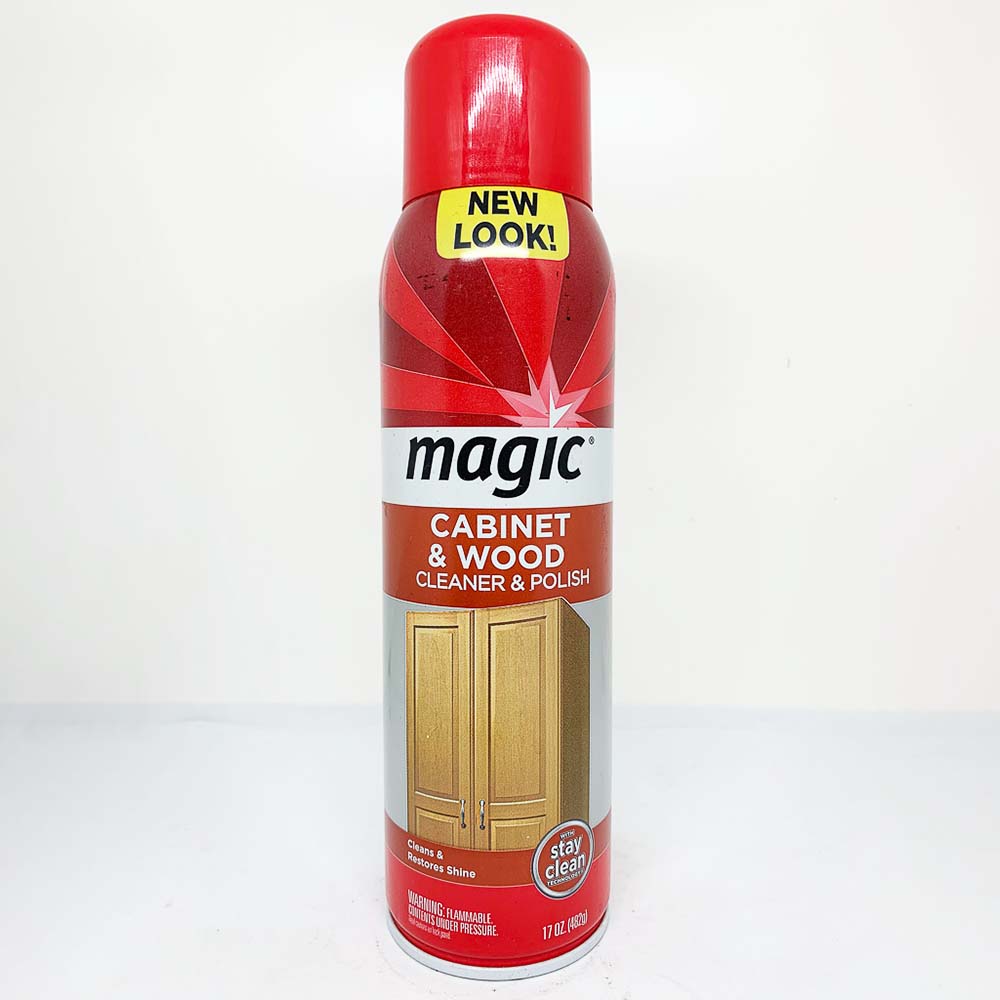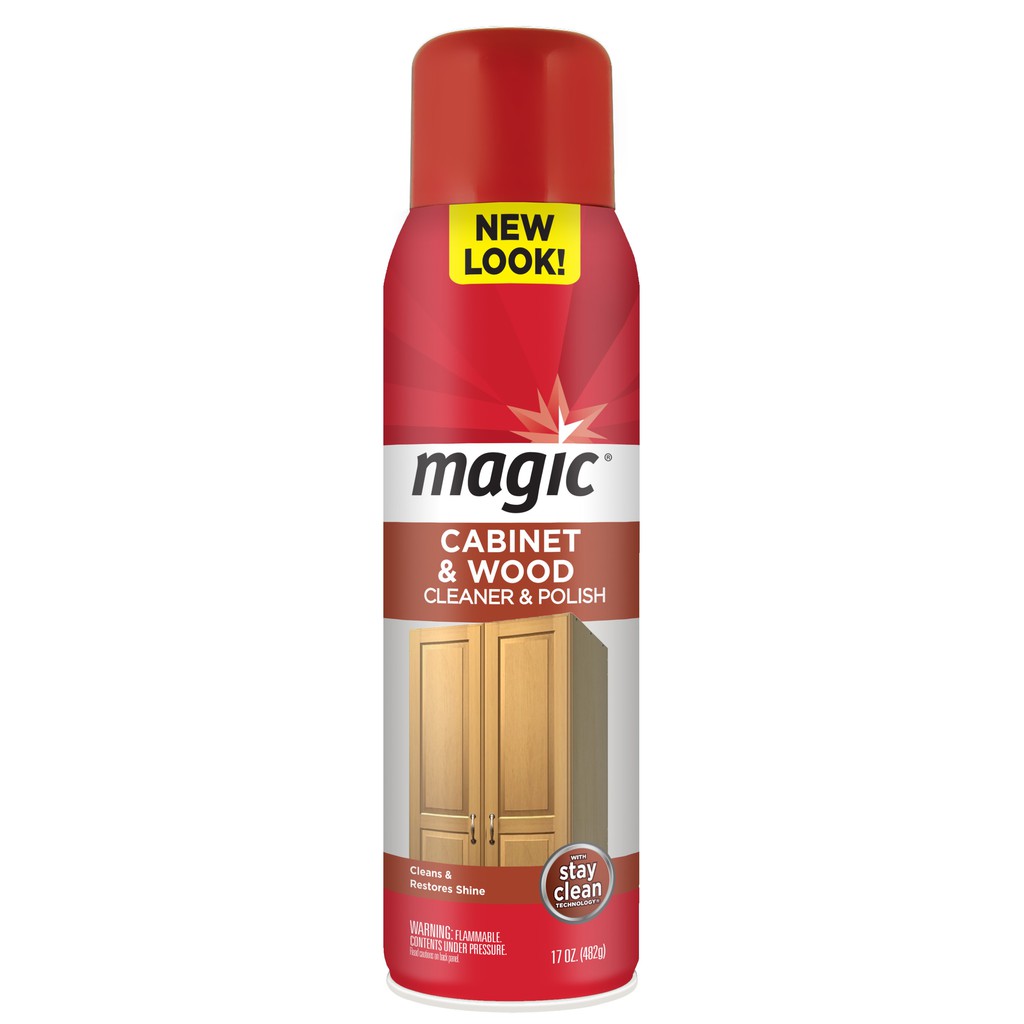Magic Cabinet: The Art of Preservation
Magic cabinets, also known as Wunderkammern or Cabinets of Curiosities, were a testament to the insatiable human curiosity and fascination with the natural world and the wonders it held. These intricate and meticulously curated collections served as a microcosm of the world, showcasing a diverse array of objects, from exotic specimens to scientific instruments, and from artistic masterpieces to historical artifacts.
The Historical Significance of Magic Cabinets
Magic cabinets emerged in the 16th century, during the Renaissance, a period characterized by intellectual and artistic ferment. They were a product of the burgeoning scientific spirit and the growing interest in exploration and discovery. These cabinets were often assembled by wealthy patrons, scholars, and collectors who sought to amass a collection that reflected their knowledge, status, and intellectual curiosity. They served as a platform for sharing knowledge, stimulating discussion, and fostering scientific inquiry.
Materials Used in Constructing Magic Cabinets
Magic cabinets were crafted from a variety of materials, with wood being a popular choice. The selection of wood often reflected the cabinet’s intended purpose and the collector’s taste. Oak, with its durability and rich grain, was frequently used for its strength and longevity. Walnut, known for its beautiful grain and warm tones, was favored for its aesthetic appeal. Other woods, such as mahogany, cherry, and maple, were also employed, depending on the desired aesthetic and the availability of materials.
Design and Decoration Techniques
The design and decoration of magic cabinets were as diverse as the collections they housed. Cabinetmakers employed a range of techniques to enhance their beauty and functionality. Intricate carvings, intricate inlays, and ornate finishes were common features. The cabinets were often decorated with allegorical motifs, symbols, and mythological figures, reflecting the prevailing intellectual and artistic trends of the time. The craftsmanship involved in constructing and decorating these cabinets was highly skilled, reflecting the artistry and ingenuity of the cabinetmakers.
Renowned Magic Cabinets and Their Creators, Magic cabinet and wood cleaner and polish
Several renowned magic cabinets have survived to this day, offering a glimpse into the history of these fascinating collections. The Kunstkammer of Emperor Rudolf II, assembled in Prague in the late 16th century, was one of the most extensive and impressive magic cabinets of its time. It housed a vast collection of scientific instruments, natural specimens, artworks, and curiosities. The Ashmolean Museum in Oxford, founded in 1683, houses a significant collection of magic cabinet objects, including a collection of scientific instruments and a collection of natural specimens. The Cabinet of Wonders at the Kunsthistorisches Museum in Vienna, established in the 18th century, features a diverse collection of objects, including scientific instruments, artworks, and ethnographic artifacts.
Wood Care: Maintaining the Magic

Just like any cherished possession, your wood cabinets require consistent care to preserve their beauty and longevity. Regular cleaning and polishing not only enhance their appearance but also protect them from damage, ensuring they remain a testament to craftsmanship for generations to come.
Cleaning Wood Cabinets
Proper cleaning is the foundation of wood care. It removes dust, grime, and fingerprints, preventing the build-up of harmful residues that can dull the finish and lead to scratches.
Here’s a step-by-step guide to cleaning your wood cabinets:
- Gather Your Supplies:
- Soft, lint-free cloth
- Wood cleaner specifically designed for your cabinet’s finish
- Warm water (if using a water-based cleaner)
- Prepare the Surface:
- Remove any loose dust or debris with a dry cloth.
- If necessary, use a vacuum cleaner with a soft brush attachment to reach crevices.
- Apply the Cleaner:
- Dampen the cloth with the cleaner, following the manufacturer’s instructions.
- Gently wipe the surface in the direction of the wood grain.
- Avoid soaking the wood, as this can damage the finish.
- Dry Thoroughly:
- Use a clean, dry cloth to wipe away any excess cleaner.
- Allow the wood to air dry completely before applying polish.
Types of Wood Finishes
The type of finish applied to your cabinets dictates the appropriate cleaning and polishing methods. Common finishes include:
- Varnish: A protective coating that provides a durable, glossy finish. Varnished surfaces are typically cleaned with a mild soap and water solution or a specialized wood cleaner.
- Lacquer: Similar to varnish but dries faster and offers a harder, more durable finish. Lacquer finishes are often cleaned with a damp cloth and mild soap.
- Oil Finish: A natural finish that penetrates the wood, enhancing its grain and providing a warm, satin sheen. Oil finishes require regular cleaning with a specialized oil-based cleaner.
- Wax Finish: A protective coating that provides a soft, subtle sheen. Wax finishes are cleaned with a damp cloth and mild soap, followed by a light application of wax polish.
Using Wood Cleaner and Polish for Antique or Valuable Furniture
Antique or valuable furniture often requires specialized care to preserve its historical significance and monetary value.
- Gentle Cleaning: Antique furniture should be cleaned with a soft cloth and a mild, pH-neutral cleaner specifically designed for delicate surfaces.
- Polishing with Care: Use a high-quality wood polish formulated for antique furniture, avoiding abrasive polishes that can damage the finish.
- Professional Consultation: For extremely valuable pieces, consider consulting a professional furniture conservator for guidance on cleaning and polishing.
Enhancing the Magic: Magic Cabinet And Wood Cleaner And Polish

A well-maintained wood cabinet is not only a beautiful piece of furniture but also a valuable investment. With proper care, you can preserve its beauty and extend its lifespan. Here’s how to identify and address common wood cabinet issues, optimize cleaning and polishing techniques, and enhance its visual appeal.
Identifying and Addressing Common Wood Cabinet Issues
Understanding the nature of wood cabinet issues is crucial for effective solutions.
- Scratches: Minor scratches can be treated with a wood filler or touch-up marker. Deeper scratches may require sanding and refinishing.
- Dents: Shallow dents can be lifted using a damp cloth and an iron set on low heat. Deeper dents might need to be filled with wood filler.
- Water Damage: Immediate drying is essential. Blot excess water with a dry cloth. If the wood is warped, consult a professional for repair.
Comparing Wood Cleaning and Polishing Products
Choosing the right cleaning and polishing product for your wood cabinet depends on its finish and your desired outcome.
| Product Type | Ingredients | Intended Use | Effectiveness |
|---|---|---|---|
| Oil-Based Cleaners | Mineral oil, lemon oil | Cleaning and conditioning | Effective for restoring shine and protecting wood |
| Water-Based Cleaners | Water, mild soap | General cleaning | Suitable for daily cleaning and removing dust |
| Polishes | Wax, polyurethane | Protection and shine | Enhance shine and provide a protective layer |
Maintaining the Magic of a Wood Cabinet
Maintaining a wood cabinet requires a few simple yet effective practices.
- Regular Cleaning: Dust the cabinet regularly with a soft cloth. Use a wood cleaner for deeper cleaning.
- Humidity Control: Maintain a stable humidity level to prevent warping and cracking. Use a humidifier or dehumidifier as needed.
- Protection from Sunlight: Prolonged exposure to direct sunlight can cause fading and damage. Use curtains or blinds to filter sunlight.
- Storage: Store delicate items in protective containers to prevent scratches and dust accumulation.
Enhancing the Visual Appeal
Enhance the visual appeal of your wood cabinet with these creative ideas.
- Decorative Accents: Add decorative accents like knobs, pulls, and hinges to complement the cabinet’s style.
- Lighting: Use spotlights or accent lighting to highlight the cabinet’s features and create a dramatic effect.
- Display Arrangements: Arrange items strategically to create visual interest and balance.
Magic cabinet and wood cleaner and polish – Imagine a magic cabinet, its doors opening to reveal a sanctuary of gleaming wood. The scent of lemon and beeswax hangs in the air, a testament to the meticulous care lavished upon its surfaces. This is the essence of a well-maintained cabinet, its beauty enhanced by the perfect balance of light and shadow.
Perhaps it resides in a white and light gray bedroom , where its polished wood surfaces contrast beautifully against the serene backdrop. Whether it holds precious memories or everyday treasures, this magic cabinet, meticulously cleaned and polished, stands as a testament to the power of careful attention and the enduring beauty of natural materials.
Imagine a magic cabinet, its doors whispering secrets as you open them, revealing a world of gleaming wood. A world that demands the touch of a skilled hand, a hand wielding the finest wood cleaner and polish. This same magic can be found in the bathroom mirror cabinet ikea india , a piece that promises to transform your space with its sleek design and practicality.
Just like the magic cabinet, it demands care and attention, a commitment to preserving its beauty and functionality. A simple application of wood cleaner and polish will ensure that your cabinet, too, whispers secrets of timeless elegance.

